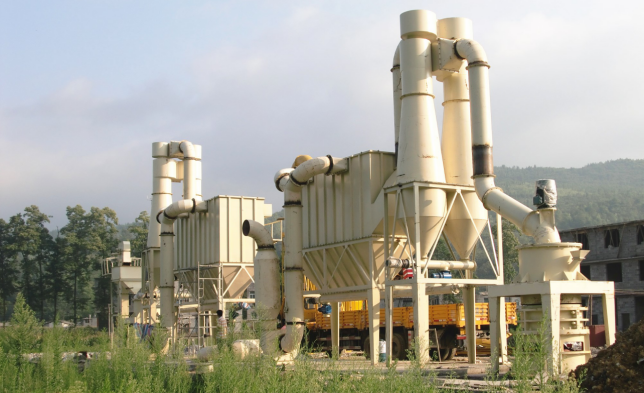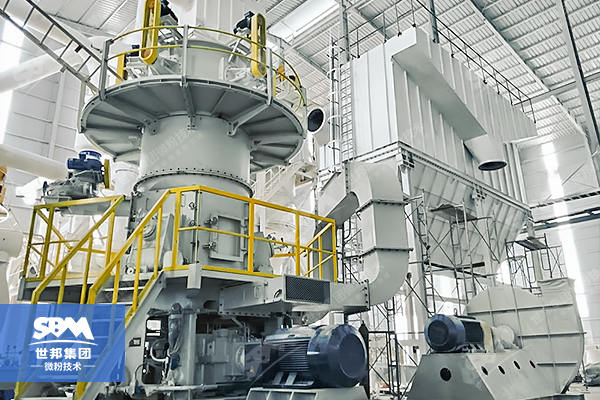The company's main products are HGM series micro pulverizer, superfine micro pulverizer, micro pulverizer, superfine pulverizer, pulverizer and matching hammer crusher, etc.
Capacity: 200 t/h
Max feeding size: 25 mm
Processing ability: 200 t/h
Applicable materials: Gold, iron, zinc, copper, silver, limestone, calcite, barite, dolomite, potassium feldspar, and others.
Product features: 1. Versatility; 2. High grinding efficiency; 3. Low energy consumption; 4. Simple operation; 5. Adaptability; 6. Scalability; 7. Uniform particle size distribution; 8. Cost-effectiveness.
|
Model |
Rotary speed(r/min) |
weight(t) |
Input size(mm) |
Discharge size(mm) |
Capacity(t/h) |
Motor power (kw) |
Weight (t) |
|
Ф900×1800 |
39 |
1.5 |
≤20 |
0.075-0.89 |
0.8-2 |
18.5 |
4.6 |
|
Ф900×1800 |
39 |
2.7 |
≤20 |
0.075-0.89 |
1-4 |
22 |
5.6 |
|
Ф1200×3000 |
36 |
3.5 |
≤25 |
0.074-0.4 |
1.6-5 |
37 |
12.8 |
|
Ф1200×4500 |
32 |
5 |
≤25 |
0.074-0.4 |
1.6-5.8 |
55 |
13.8 |
|
Ф1500×3000 |
27 |
7.5 |
≤25 |
0.074-0.4 |
2-5 |
75 |
15.6 |
|
Ф1500×5700 |
28 |
12 |
≤25 |
0.074-0.4 |
3.5-6 |
130 |
24.7 |
|
Ф1830×3000 |
25 |
11 |
≤25 |
0.074-0.4 |
4-10 |
130 |
28 |
|
Ф1830×6400 |
24 |
21 |
≤25 |
0.074-0.4 |
7-16 |
210 |
34 |
|
Ф1830×7000 |
24 |
23 |
≤25 |
0.074-0.4 |
8-18 |
245 |
36 |
|
Ф2100×3600 |
23 |
19 |
≤25 |
0.074-0.4 |
10-36 |
210 |
46 |
|
Ф2200×4500 |
21 |
27 |
≤25 |
0.074-0.4 |
12-23 |
280 |
48.5 |
|
Ф2200×6500 |
21 |
35 |
≤25 |
0.074-0.4 |
14-26 |
380 |
52.8 |
|
Ф2200×7000 |
21 |
35 |
≤25 |
0.074-0.4 |
15-28 |
380 |
54 |
|
Ф2200×7500 |
21 |
35 |
≤25 |
0.074-0.4 |
15-30 |
380 |
56 |
|
Ф2400×4500 |
21 |
30 |
≤25 |
0.074-0.4 |
18-45 |
320 |
65 |
|
Ф2400×8000 |
20 |
36 |
≤25 |
0.074-0.4 |
20-48 |
410 |
81 |
|
Ф2700×3600 |
21 |
39 |
≤25 |
0.074-0.4 |
19-75 |
400 |
83 |
|
Ф2700×4000 |
20 |
40 |
≤25 |
0.074-0.4 |
20-78 |
400 |
85 |
|
Ф2700×4500 |
20 |
48 |
≤25 |
0.074-0.4 |
22-85 |
430 |
89 |
|
Ф3200×4500 |
18 |
65 |
≤25 |
0.074-0.4 |
29-140 |
800 |
137 |
|
Ф3200×5400 |
18 |
81.6 |
≤25 |
0.074-0.4 |
30-180 |
800-1000 |
146 |
|
Ф3600×4500 |
17 |
88 |
≤25 |
0.074-0.4 |
35-210 |
1000 |
190 |
|
Ф3600×6000 |
17 |
117 |
≤25 |
0.074-0.4 |
38-240 |
1250-1500 |
220 |
|
Ф3600×8500 |
17 |
144 |
≤25 |
0.074-0.4 |
45-260 |
1800 |
260 |
 India
India
Material: Limestone
Fineness:800 mesh
Capacity: 5 t/h
 Vietnam
Vietnam
Material: calcium carbonate
Fineness:2500 mesh
Capacity: 10 t/h
 China
China
Material: Bentonite
Fineness:200 mesh
Capacity: 10-15 t/h
If you have some questions about our products, please feel free to fill out the form below, and we will contact you within 24 hours.